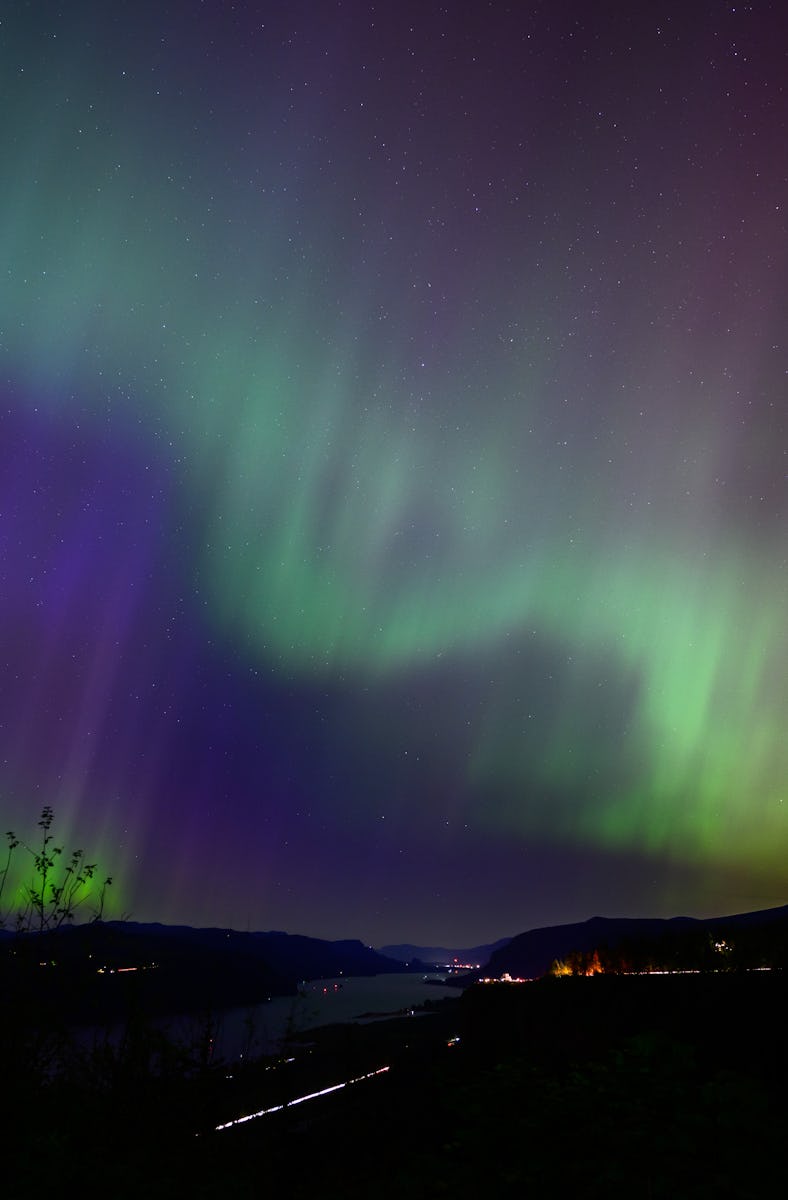Aurora Alert Issued! Here’s How To See The Northern Lights This Weekend
NOAA’s Space Weather Prediction Center has issued an alert, people!

Twilight appears late on a summer day. But stay up late and you might catch some auroras this weekend.
States from New York to Idaho may get the Aurora Borealis. It’s all thanks to the Sun. The star recently unleashed a powerful solar flare. In response, NOAA’s Space Weather Prediction Center in Boulder, Colorado has issued an alert that a moderate, G2 geomagnetic storm is on the horizon.
As an M-class, the solar flare has the second-highest possible categorical rating. Flares of this strength can cause auroras, as well as short radio blackouts near Earth’s poles, and radiation storms that could harm astronauts.
What will auroras look like?
Auroras appear differently depending on the geomagnetic storm’s strength and the time of night. Sometimes they look like flowing curtains. According to NOAA, auroras are more likely to “twist and sway, just as if a wind were blowing” near local midnight. If they move rapidly, they’re peaking. Auroras tend to look more cloud-like as dawn approaches, the weather agency adds.
The stronger the geomagnetic storm, the farther away from the poles auroras can be seen. Though generally, it’s harder to see auroras this time of year in the United States. “To observe the aurora, the skies must be clear and free of clouds. It must also be dark so during the summer months at auroral latitudes, the midnight Sun prevents auroral observations,” NOAA says.
Southern lights, or aurora australis, may be easier to spot since the southern hemisphere is having longer nighttime as it’s in winter. There’s less land mass closer to the South Pole, however, so more people have a shot of catching the northern lights.
Why are we getting auroras this weekend?
Auroras favor the poles because of how they form. Although the northern continental U.S. isn’t terribly close to the North Pole, the moderate strength of the geomagnetic storm has pushed the region for aurora sightings farther south.
The Sun’s recent eruption was the trigger. When the Sun unleashes a flare, electromagnetic radiation is sent flying at the speed of light. If Earth is in the path, the X-ray and extreme ultraviolet rays slam into the upper layer of our atmosphere, called the ionosphere.
A cascade of motions delivers energetic electrons towards the poles where Earth’s magnetic field feeds into the planet. In these frigid apexes, the electrons collide with oxygen and nitrogen atoms to produce the quintessential greenish-yellow and blue-red-purple colors of auroras.
The Sun still has a year until it finally hits a peak in activity. July 2025 will feature solar maximum. So if you can’t spot any auroras this weekend, there will likely be many more flares and plenty more geomagnetic storms to provide a new chance.